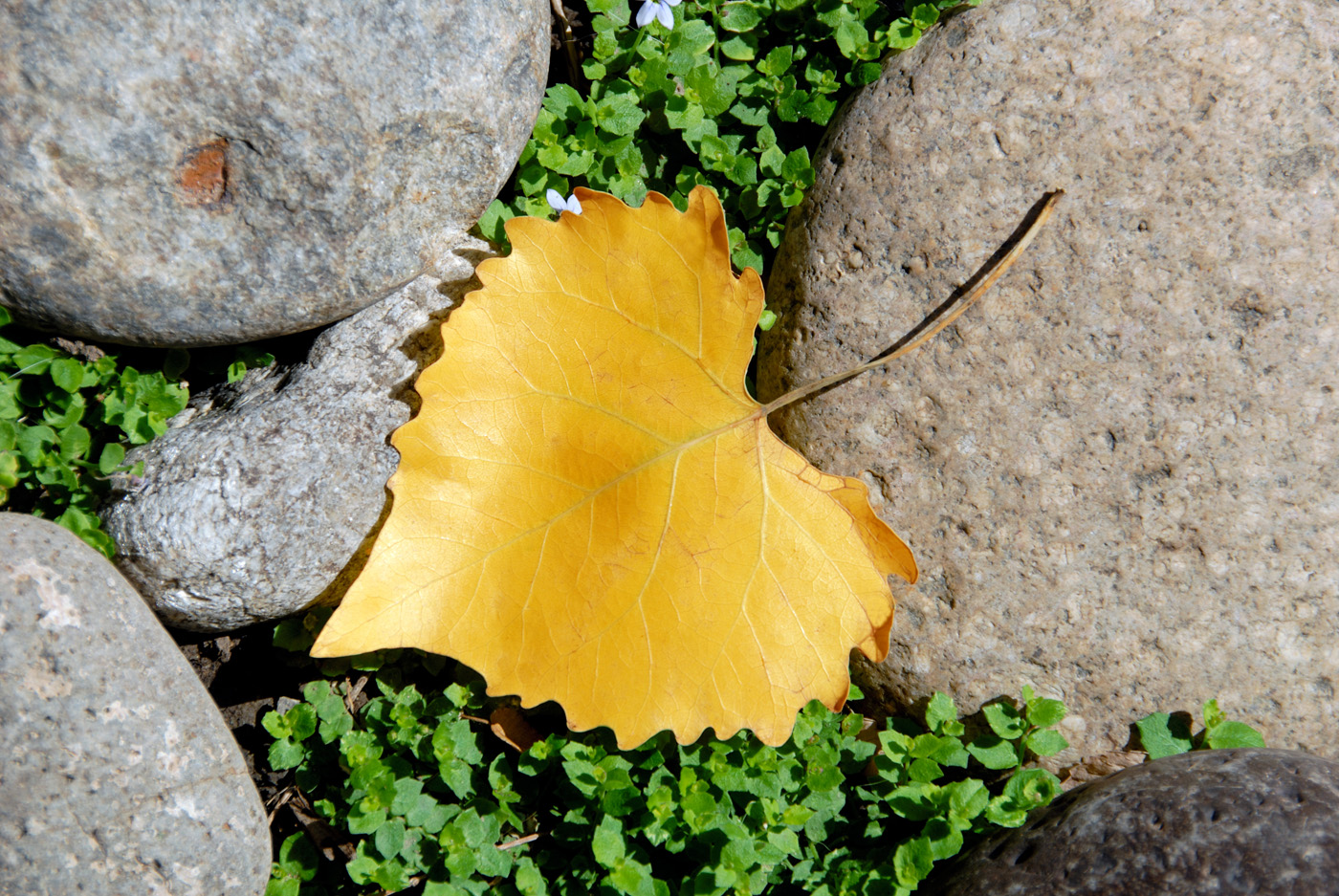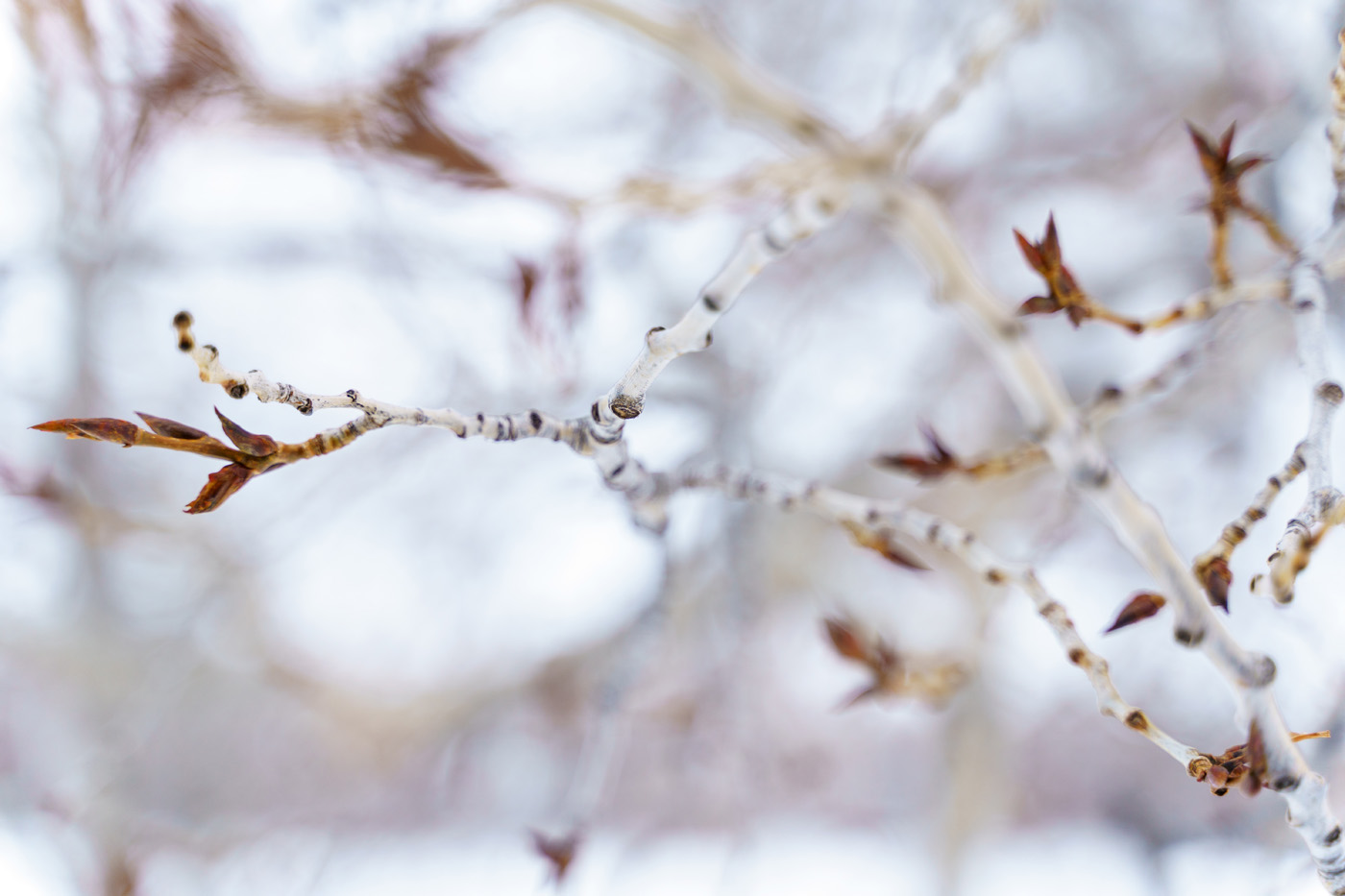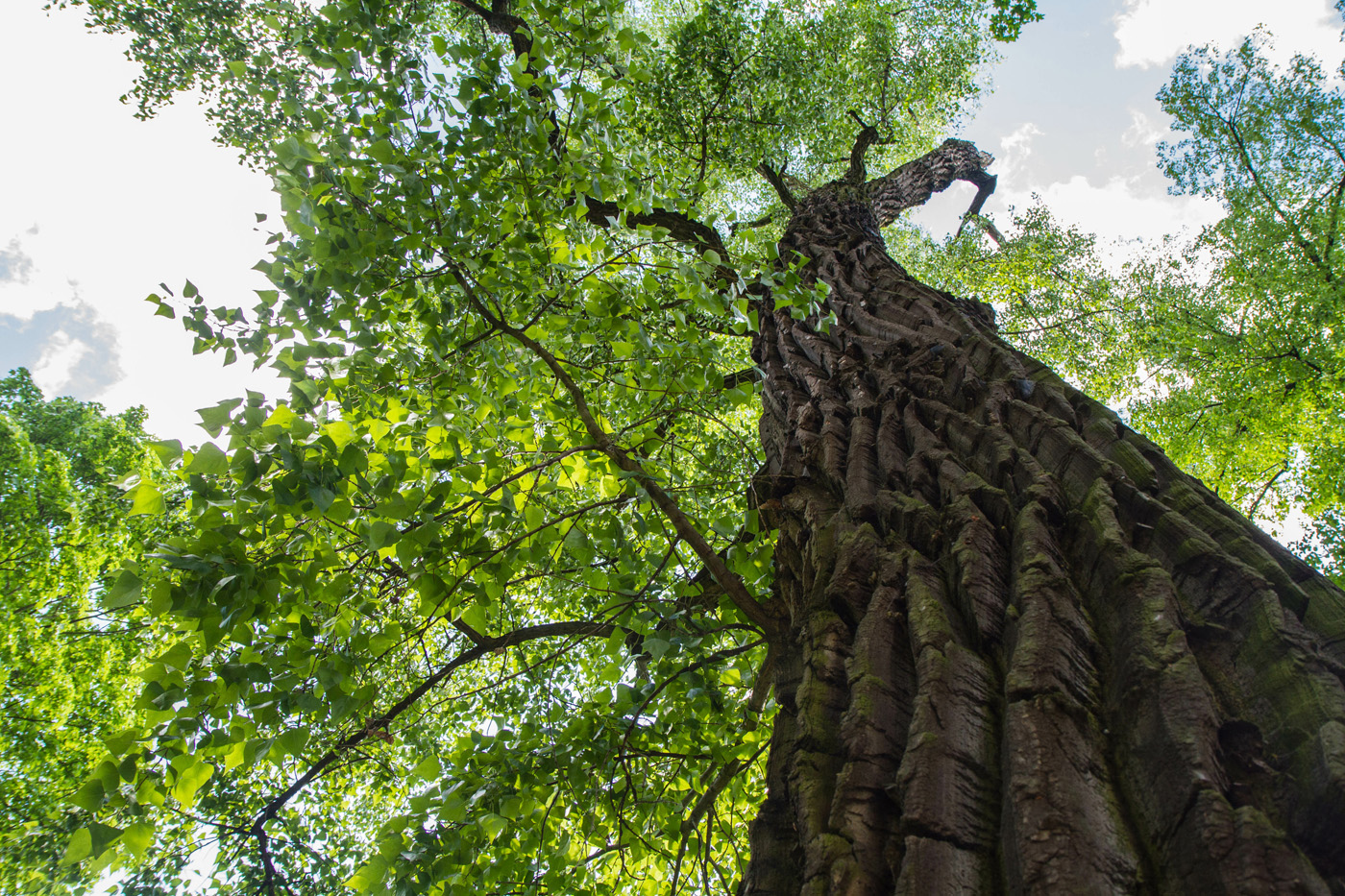The Season for Cottonwood Buds is Now — Healing Recipe Included!
Here in the Pacific Northwest with spring just around the corner, there is a good chance that you have spotted swollen cottonwood buds emerging with their sticky, fragrant orange resin. It’s always a joyful season for me because these buds are a medicinal powerhouse, not to mention their fragrance is simply intoxicating! It is a busy time with making cottonwood bud oil infusions and decoctions that have a variety of uses — from sore muscles and joints to multipurpose skin applications. I hope you will join me in appreciating all that cottonwood buds have to offer!

Basic Identification: It’s difficult to miss a cottonwood tree — it grows up to 200 feet (60 meters) tall! The gray bark is deeply furrowed and the triangular leaves are shiny and dark green with coarse teeth. They turn yellow and drop in the autumn. Depending on the location, cottonwood buds develop in winter and early spring. They are filled with a wonderfully fragrant resin that is yellow-orange to red in color. It is highly prized for its medicinal properties.
Where Does It Grow? You can find cottonwoods along streams, rivers, and floodplains. This is a tree that loves water, but it is known to grow in drier locations as well. Black cottonwood are found throughout the Northwest from Alaska down to the Rocky Mountains.

Harvesting: Look for cottonwood buds that have resin inside during late winter to early spring. Pinching the bud to see if there is resin inside is an easy test. The best time is after a windstorm when you can find newly downed branches from the top of the tree. Cottonwood roots easily like willow, so I like to plant back small limbs when I gather to encourage new trees. Snap the buds off the branches (I leave the terminal buds on the tree) and place them in a container. Be warned, sticky resin will adhere to your hands, the container and anything else it touches. I recommend wearing gloves or coating your hands with salve or oil before harvesting. You can also remove the resin with rubbing alcohol.
Recipe. Cottonwood Bud Oil and Salve: This salve can be used externally to treat skin conditions and to relieve inflammation and pain in arthritic joints.
Ingredients: 1 cup cottonwood buds, 3 cups carrier oil: organic olive oil, coconut oil, or other skin friendly oil, beeswax.
Process: Infuse the oil with cottonwood buds. Place the oil in an old double-boiler over very low heat. Add the cottonwood buds and allow the oil to infuse. You will smell a resinous scent and the oil will change color.
It’s helpful to use a double-boiler or crockpot with a sterilized jar placed in the water that’s specifically designated for this task as whatever you use will forever be resinous, unless you clean it with alcohol. I often kick-start my buds with heat and then cold-infuse them in a cupboard for another 6 to 8 weeks. You can also keep a crockpot on low for a few days. See this video for more information about cold infused herbal medicine.
Medicinal Uses
Rich in salicylic acid and other active compounds, cottonwood buds are anti-inflammatory, anti-bacterial, anti-microbial, anti-fungal, and have an exceptional antioxidant profile. It is an excellent remedy for a range of skin issues, swollen joints, sore muscles and more!
Here are my top 3 uses for cottonwood buds:
Skin injuries: When used as an oil or salve, the active compounds in the buds help to treat rashes, chapped lips, cracked skin, burns, and sunburns. For my personal herbal-infused facial oil that I can’t live without, see this post for the recipe.
Anti-aging, sores, and infections: A decoction of cottonwood buds makes a revitalizing skin wash that has anti-aging properties which help to exfoliate and regenerate cells. It can also be used on boils, sores, and infected skin.
Painful joints, tender muscles, sore tendons, and arthritis: Cottonwood bud oil or salve is outstanding for cooling the inflammation and pain of swollen joints, carpal tunnel, arthritis, tendons, and muscles. Massage the problematic area with the oil or salve 3/X per day for powerful relief. Cottonwood bud oil is found in my convenient Joint & Movement Salve.

Deepen Your Knowledge of Plant Medicine
But that’s not all. There are over 10 medicinal uses for cottonwood in my book, The Lost Book of Herbal Remedies: The Healing Power of Plant Medicine. Detailed harvesting advice for this herb and many other easy to find plants are included. What’s more, it shows you how to make tinctures, decoctions, salves, oil infusions and more right in your own home. Nature does indeed provide!
Nicole Apelian
Safety
Some people may be allergic to cottonwood sap and buds. Cottonwood should not be used by people allergic to aspirin, bees or have a salicylic acid sensitivity.




